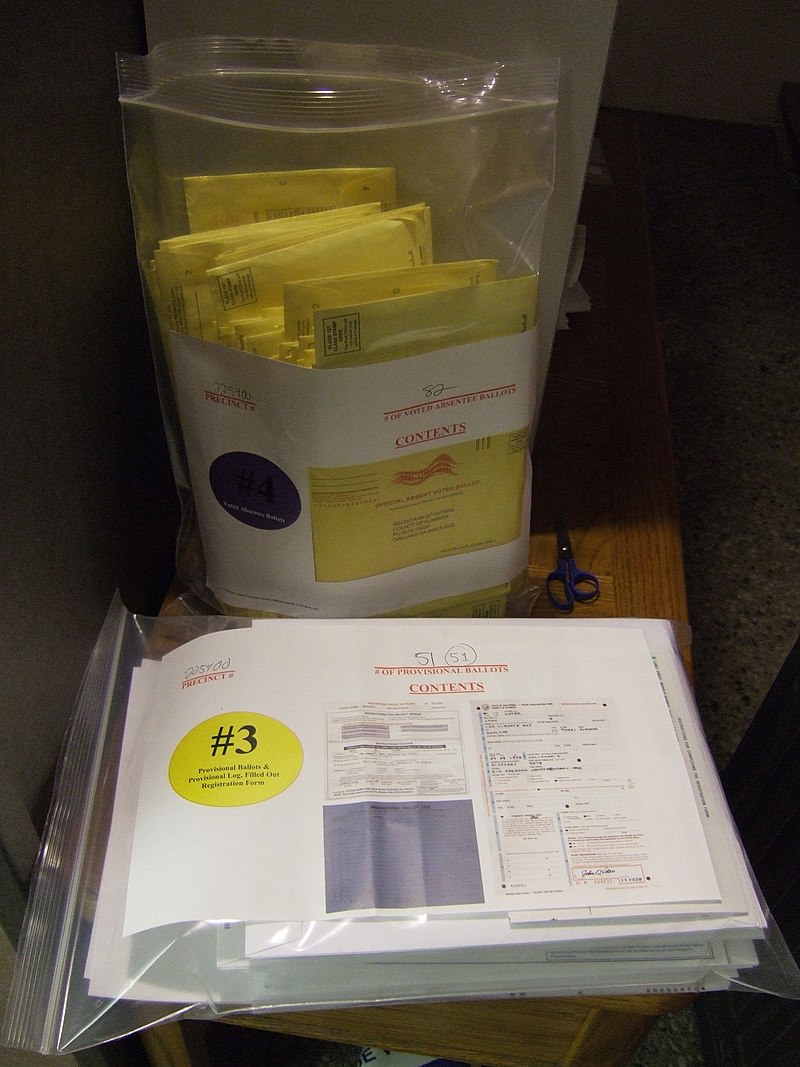The November 3, 2020, general elections included races for president, 35 U.S. Senate seats, 435 U.S. House of Representatives seats, 120 statewide ballot measures, 165 state executive offices, state legislative seats in 86 chambers, and thousands of local offices and ballot measures.
All told, 37 states modified their absentee/mail-in voting procedures for the general election. These modifications can be divided into five broad categories. Here’s a recap of all of the changes made throughout 2020.
• Automatic absentee/mail-in ballots: Five states (California, Montana, Nevada, New Jersey, and Vermont) automatically sent absentee/mail-in ballots to all eligible voters.
• Automatic mail-in ballot applications: Eleven states (Connecticut, Delaware, Illinois, Iowa, Maryland, Michigan, Nebraska, New Mexico, Rhode Island, South Dakota, and Wisconsin) automatically sent absentee/mail-in ballot applications to all eligible voters.
• Eligibility expansions: Twelve states (Alabama, Arkansas, Kentucky, Louisiana, Massachusetts, Missouri, New Hampshire, New York, Oklahoma, South Carolina, Tennessee, and West Virginia) expanded absentee/mail-in voting eligibility.
• Deadline extensions: Five states (Maine, Minnesota, Mississippi, North Carolina, and Pennsylvania) extended absentee/mail-in ballot application or submission deadlines.
• Other process changes: Four states (Alaska, Ohio, Texas, and Virginia) made other modifications to their absentee/mail-in ballot procedures.
Additional reading:


